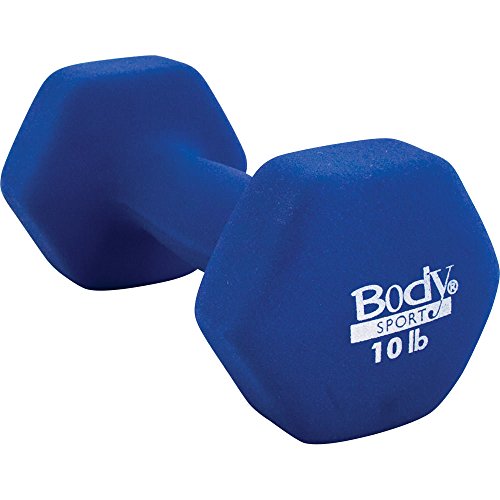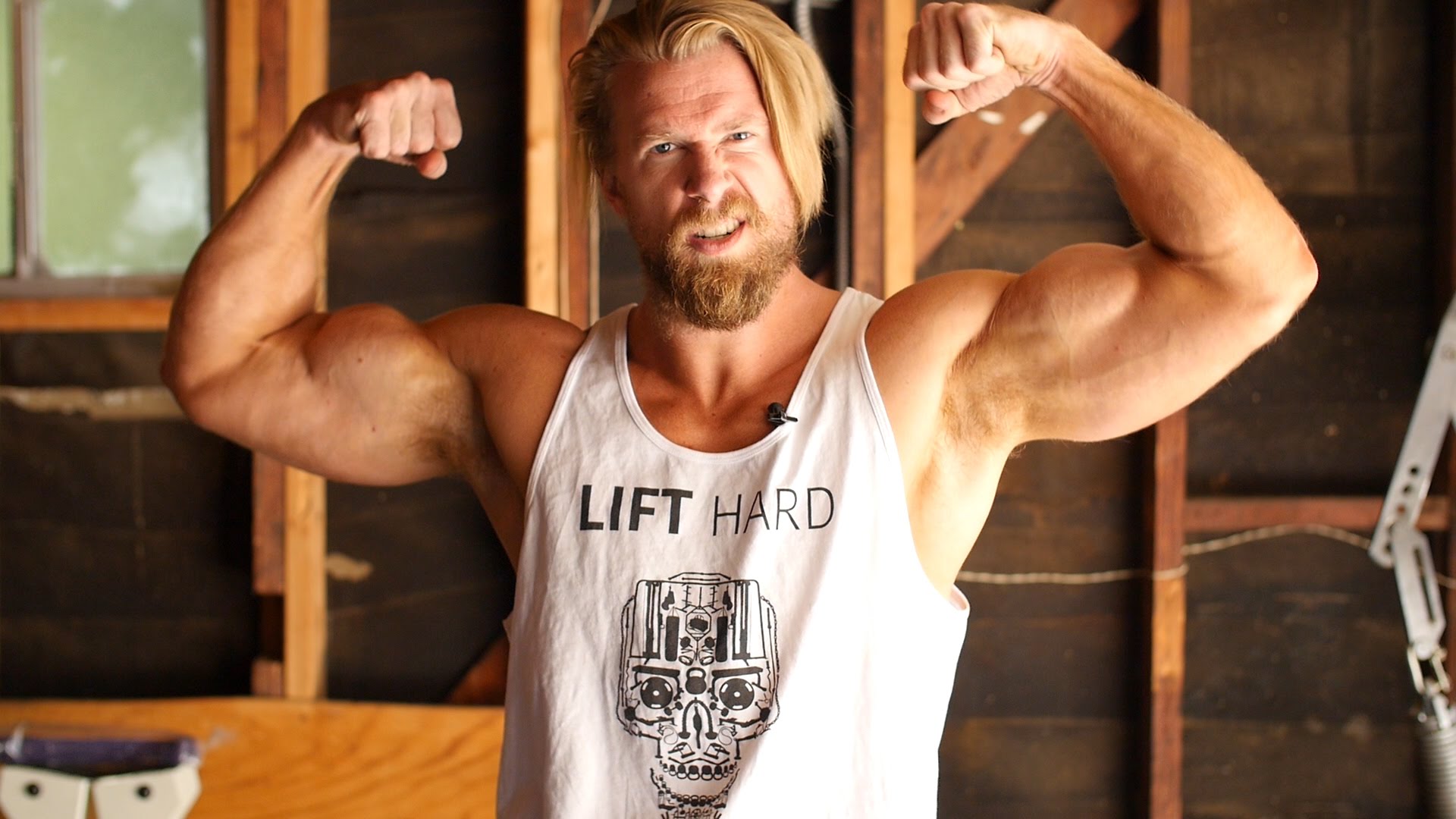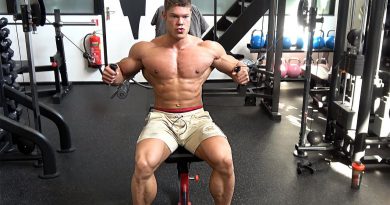Learn How to Dunk or 10 Ways to Improve Your Vertical Jump
Let’s be blunt about it: if you play basketball, there’s two leagues of people – those who can dunk, and those who cannot. Although you might think it’s just a question of height, this is not at all the case. Of course, being tall helps, but even average height people – 5ft 9 or 5ft 10 – can learn to perform amazing dunks. How? It’s obvious – by improving their vertical jump. Now, there is a lot of ways to skin the jumping cat, but not all are equally effective (and some can actually be rather dangerous). I’ve put together a collection of tips and tricks that helped me improve my vertical jump from near nothing (after knee surgery on my jump leg and rehabilitation) to over 30 inches within 9 months.
Tip 10) Always warm up before exercise. Trying to push your muscles to the max without warming up appropriately before (with light exercises such as running up or down stairs, or jumping with a jumprope) is a bad idea and can easily lead to strains and other problems.
Tip 9) A basic jumping exercise is the squat with weight. While standing, slowly bend your knees with your back straight. Go down pretty low (you shouldn’t feel any pain or be uncomfortable), then slowly go back up. Doing this slow is key for building up quad muscle volume and power. Start without weights and increase difficulty by gradually raising the number of repetitions. People with major jumping power can easily do 100+ such squats. If you hold a weight such a dumbbell or barbell, hold it behind your head,
in one vertical line with your spine.
Tip 8) Separate weight training days from speed/plyometric days. Medical studies have shown that mixing these different types of exercises is actually bad for the results.
Tip 7) Use jumping rope. Although sometimes shunned as “uncool”, it is the basic plyometric exercise and one of the best ways to improve the explosiveness and power of your legs.
Tip 6) Never relax and let go during your waking time. During my rehab, I was hell-bent on getting my leg back to the same power level as before, and beyond that. I didn’t just exercise every day – I did it nearly
permanently. Of course, you can’t do heavy squats or plyometrics all the time because your legs can just do so much until they tire. However, even little things like walking toe-heel style instead of flat-footed, standing on half-bent legs while doing household stuff, or playing with your quads and calves while
sitting, are very effective when done regularly over a long period of time.
Tip 5) Calf exercise. It’s not only the big upper leg muscle groups that determine your total jump height. Powerful calves can easily add another couple of inches that you may be missing for a resounding dunk. The basic calf exercise is toe raises: stand upright, raise on your toes, go down, and repeat it 50-100 times. When your calves feel hot and burning, it’s time to make a break. A somewhat better variation is: stand on some stable horizontal ledge only with your toes and front part of the foot. Hold yourself at something with your hand. Go down with your heels about 30-45 degrees below the ledge, then push up until you are on your toes. Repeat as many times as you need to tire your calves. Again, key is slow and steady. Don’t pump up and down. It may be easier, but the effect is nowhere near the same.
Tip 4) Don’t overwork your leg muscles. Our muscles grow best when subjected to a cycle-wise load: a heavy workout, then a day of rest or just light exercise. To push your maximum jumping ability, you need
the large leg muscles to perform at their peak (and beyond). When overworked, they are unable to deliver that performance, and your jump does not improve despite exercising. A sign of overworking is when your leg muscles ache or burn.
Tip 3) Don’t just jump mindlessly. Focus on jumping completely. With every jump, aim to leap as high as you can. Scientific tests have shown that persistent focus on a physical activity improves the results by 10-20% on average.
Tip 2) Don’t expect results too soon, and never give up. I know several guys who bought expensive plyometric programs or jumpsoles expecting some kind of miracle within a few days. There’s no such thing
though, so once they didn’t see the quick results, their determination sizzled away and their jumpsoles would sit gathering dust. Although there are good programs around, there’s no miracles. The only thing that will radically improve your vertical is tenacity. Exercise a lot. Regularly. Make it your habit. Do it for months. Then – and only then – the really impressive results will come.
Tip 1) Plyometric exercise. You may have heard the word. Basically it stands for making a muscle contract immediately following relaxation, and repeating it many times. Applied to jumping in a basic case, it means that you jump, go down in the knees when you land relaxing your muscles, and immediately jump up again from the crouched position. This is tiring as hell, and for a reason – it puts the maximum stress on the
large leg muscles. If you are not used to it, your legs will probably ache after a few dozen repetitions. However, nothing beats this kind of exercise if you want to improve your jump quickly.
These tips should already get you underway, but they are just the tip of the iceberg. There’s a bunch of other highly effective, yet not so widely known techniques on quickly improving your vertical. Check out
http://www.howtodunk.org for a lot more effective, hands-on info on learning to dunk.
Learn How to Dunk or 10 Ways to Improve Your Vertical Jump by Sergey Alekseyev





